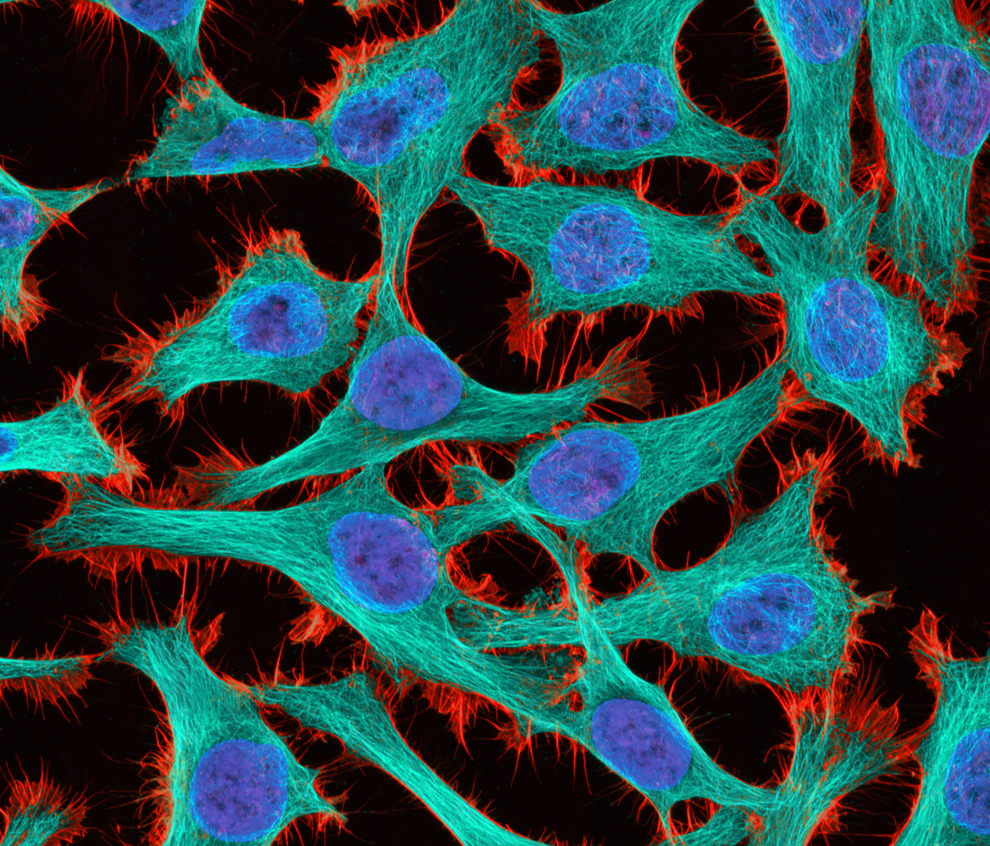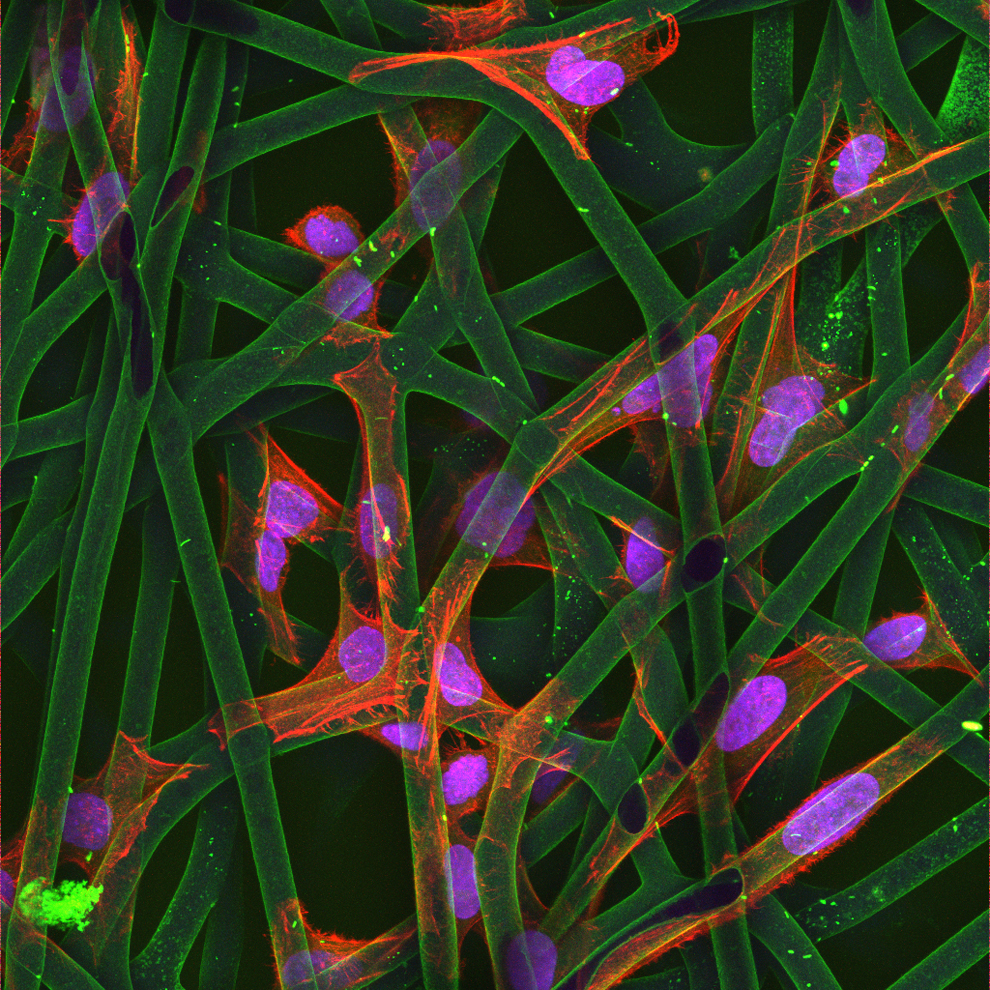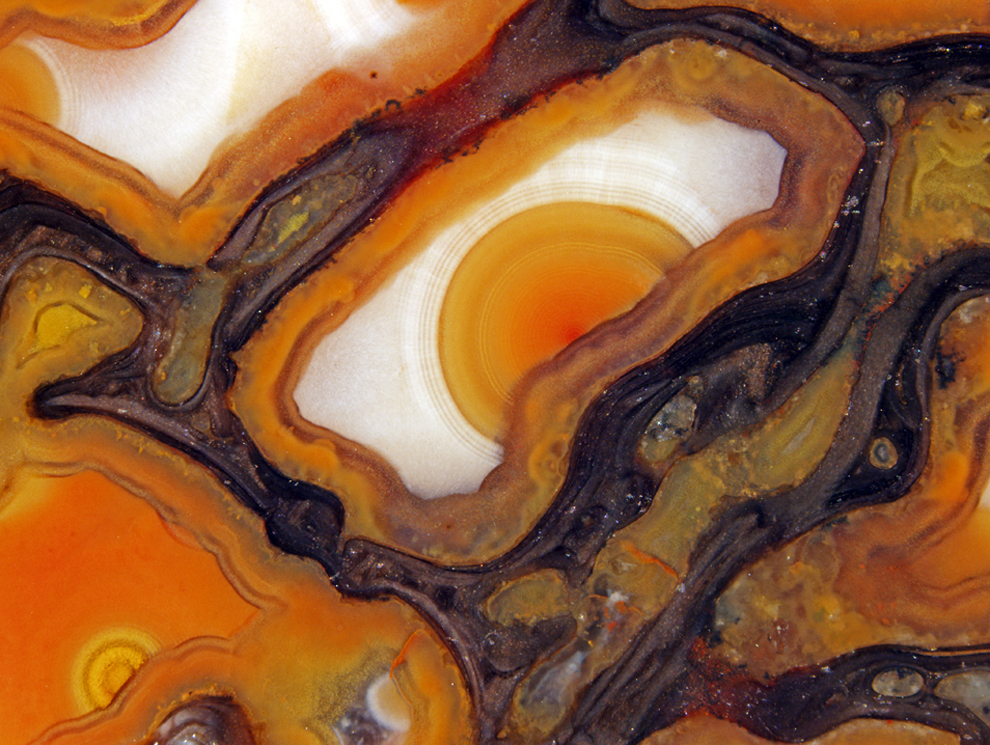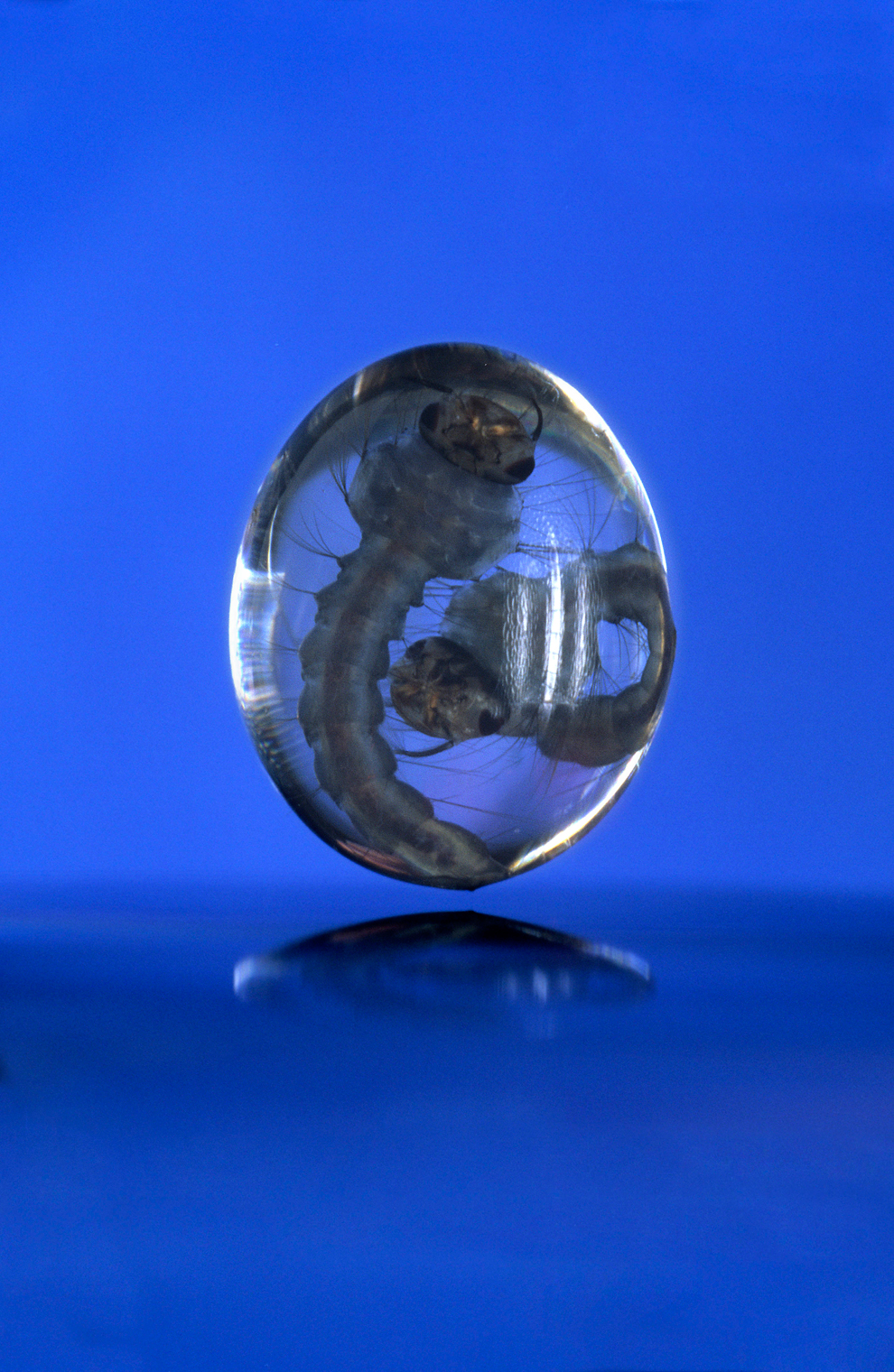convergence
MOST COMMONLY ASKED QUESTION(S) OF THE YEAR: "So what do you want to major in? What kind of career would you like to pursue? What schools are you interested in? Would you like to embark on a trip to Phileo with me, and be my potential girlfriend?"So maybe the frozen yogurt question doesn't happen often--at all-- but the answers to most of the questions do not describe me or my interests at all. My life isn't black-and-white; it's splattered with gray, littered with specks of orange-I'm a walking contradiction, and my interests do not align perfectly into the left or the right. They are equally divided, but when they converge, it's like the stars are aligning and the meaning of my life has finally been discovered. I'm majoring in biology and history; I want to be a dentist, but also a freelance photographer and a blogger for a website just for kicks but really, to keep my sanity. Anyways, I know my interests fuse and combine to formulate my sense of purpose in life(what makes me happy), but they actually do really come together in the most convenient places.
The Nikon Small World Photomicrography Competition celebrates photography in it's most minuscule viewpoint; thousands of entries from dozens of countries entered the 37th annual contest, and here are some of the winners. These photos are just ... enigmatic.
Wim van Egmond of the Micropolitan Museum in Rotterdam, Netherlands photographed a Leptodora kindtii (giant waterflea) eye from a living specimen using the differential interference contrast method. (Wim van Egmond)
Thomas Deerinck of the National Center for Microscopy and Imaging Research in La Jolla, Calif. captured HeLa (cancer) cells at 300x magnification with 2-photon fluorescence. (Thomas Deerinck) #
Dr. Christopher Guerin of the Flanders Institute of Biotechnology in Ghent, Belgium photographed cultured cells growing on a bio-polymer scaffold using the confocal method at 63x magnification. (Dr. Christopher Guerin) #
Douglas Moore of the University of Wisconsin - Stevens Point used stereomicroscopy and fiber optics to photograph unpolished agatized ca. 150 million years old dinosaur bone cells magnified 42 times. (Douglas Moore) #
Using laser-triggered high-speed macrophotography, Dr. John H. Brackenbury of the University of Cambridge in Cambridge, UK captured a water droplet containing a pair of mosquito larvae. (Dr. John H. Brackenbury) #
The embryonic pectoral fin of a whitespotted bamboo shark (Chiloscyllium plagiosum) was photographed by Dr. Andrew Gillis of the University of Cambridge using stereomicroscopy with fiber optic lighting. (Dr. Andrew Gillis) #
Ugh. Why am I crying over these instead of studying for my bio exam tomorrow!? Oh, and also, I'm not really a fan of microscopes, because I can never adjust them properly, but after viewing these, my goal is to learn how to properly use the school's beautiful Leica machine, and enjoy the AESTHETIC PLEASURE OF BIOLOGY. OH, AND INTERESTING MYTH-BUSTER OF THE DAY!!
Can anything live forever?
YES! The immortal jellyfish sure can.
Reproduction by budding occurs in thousands of species, and has gone on with few modifications for half a billion years. What makes the jellyfish Turritopsis nutricula so special is that once it reproduces, it doesn't die, but transforms itself back into its juvenile polyp state, resembling a stalk with tentacles like a tiny sea urchin. Their adult cells--even their eggs and sperm--melt into simpler forms of themselves, and the whole organism becomes "young" again. Barring any sea-borne dangers, there is no biological reason why it can't live forever.
Reproduction by budding occurs in thousands of species, and has gone on with few modifications for half a billion years. What makes the jellyfish Turritopsis nutricula so special is that once it reproduces, it doesn't die, but transforms itself back into its juvenile polyp state, resembling a stalk with tentacles like a tiny sea urchin. Their adult cells--even their eggs and sperm--melt into simpler forms of themselves, and the whole organism becomes "young" again. Barring any sea-borne dangers, there is no biological reason why it can't live forever.
Subscribe to:
Post Comments
(
Atom
)









No comments :
Post a Comment